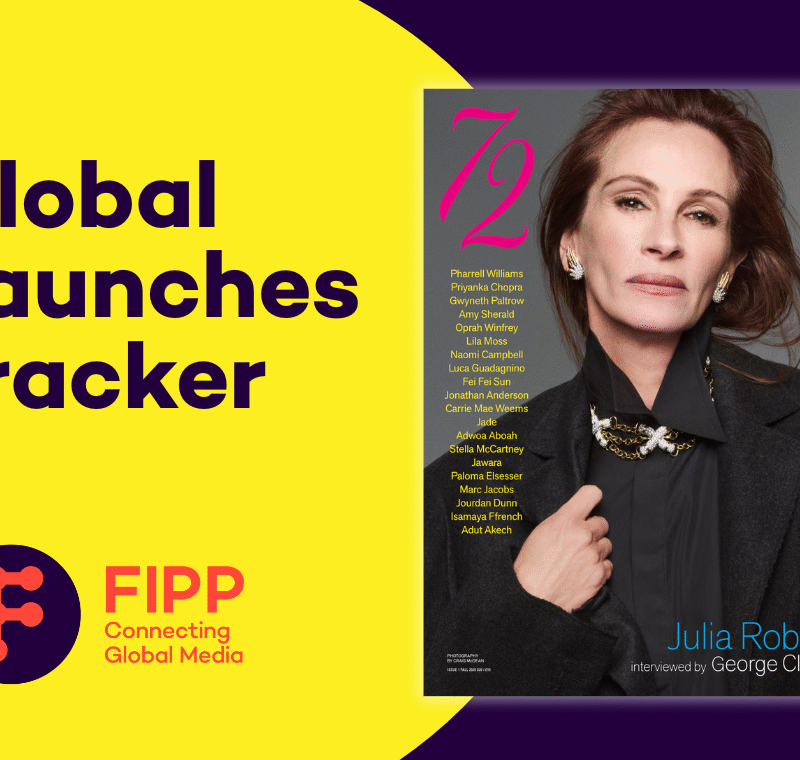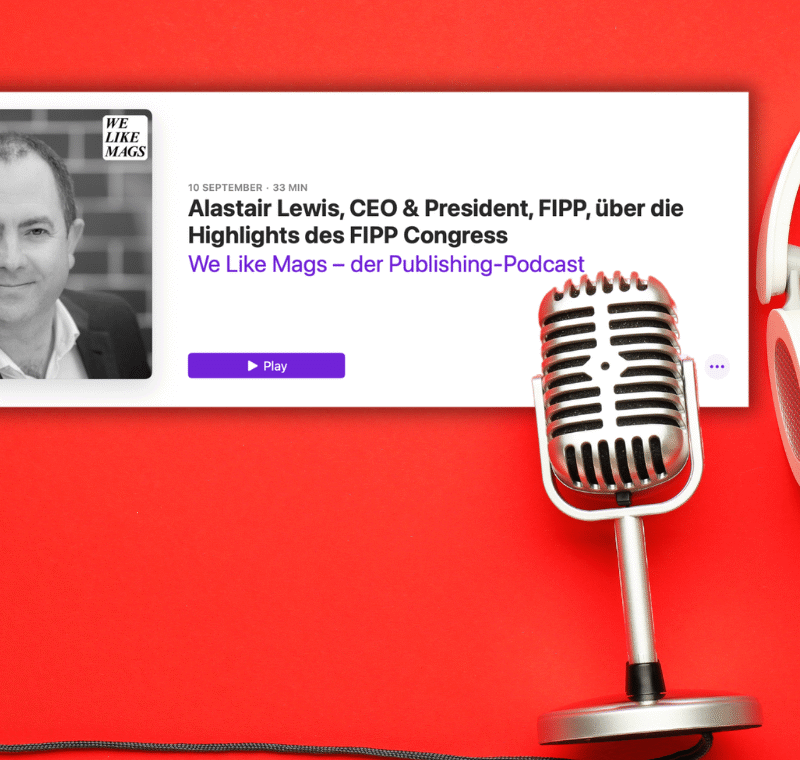‘Pay gates’ perform better than paywalls, proves Swiss news publisher
 |
Since early 2015 the Neue Zürcher Zeitung (NZZ), a Swiss German-language daily newspaper published by NZZ Mediengruppe in Zurich, started experimenting with what they like to call “dynamic pay gates”, instead of paywalls. The need for these gates, Rouven Leuener, head of digital products at NZZ, told delegates to the recent Newsrewired conference in London, was to more effectively harvest reader revenue because of the relative small number of digital news consumers in Switzerland.
Hard metered paywalls such as those used by large news publishers like the The New York Times, said Leuener, simply did not yield sufficient results. “We could not fill our fund with loads of people. We needed to be much more efficient on conversion rate. So we decided to create pay gates, not pay walls.”
 |
***Hear from Rouven Leuener at DIS2019 (Digital Innovators’ Summit), where he’ll speak about NZZ’s subscriptions journey. DIS takes place on 25-26 March in Berlin. Click here to see the agenda. Book now to join worldwide media innovation leaders in Berlin.***
The flaws of a paywall strategy
The paywall system they adopted in 2012 highlighted all the flaws of a non dynamic paywall strategy. It was structured on outdated information technology principles, which did not fulfil the needs of users and only achieved a 0.5 per cent conversion rate. “We converted fans, not real users.”
In 2015 they set out to build technology that would be consumer centric as well as data informed. They started by analysing individual users’ reading behaviour, coupled with the reader’s location, to tailor specific prompts, from suggested articles to ways to register and/or subscribe. Reading behaviour of individual users included how many articles they read as well as what kind of articles they read. This would determine what kind of prompt the reader would receive. The new approach raised conversion to 1.2 per cent almost immediately.
Yet, explained Leuener, they realised they needed to optimise a greater number of suggested reading and prompts in relation to more individual circumstances as they continued to learn more. “We looked at various hypothesis and tried to find patterns within them. As soon as we started to understand what worked best by iterating and redefining our system in responding to users, the conversion rate jumped to 2.5 per cent.”
He said some of the examples that worked surprisingly well was as simple as having different greetings based on where the user was logging on from or any piece of relevant data they could extract about the user.
Propensity modelling
Last year they started to add propensity modelling to the system in an effort to be able to calculate each user’s likelihood of being converted to a subscription. “This was not done on general terms,” says Leuener, “but based on extremely specific data usage of every user every day,” taking into account each category of content being consumed and an analyses of each user’s reading history on the site”.
Some of the interesting things they learnt during this period were:
– Never try to sell anything on a Saturday;
– Most users only buy a subscription in the morning if a previous offer is reduced;
– Content about local news and financial topics engages better over lunchtime;
– Users who registered with the site between one and two-and-half years previously has the highest likelihood to convert to a subscription; and
– Higher-priced offers converted better than low-priced offers.
Based on the knowledge about each user, they have created three products that can be sent to each user based on their browser history:
– A personalised daily suggested reading list based on the user’s previous visit.
– A personalised daily evening reading list published after 6pm of relevant stories the user did not read during the day; and
– A personalised weekend reading list, which integrates suggests long from reads that the users was interested to read but did not get time to read during the week.
Leuener said they are now in a position to use the knowledge they have acquired to, apart from conversion to subscription, also ensure retention of users, avoiding churn, upscaling and cross sales. He is also confident that they will reach a conversion rate of at least five per cent within the next two years.
More like this
Chart of the week: Subscriptions lead digital content spending
What Aller Media learnt from implementing a personalised subscription strategy
Neue Zürcher Zeitung’s head of digital product on innovating in voice and personalised content
WSJ on placing the subscription model at the heart of international partnerships
Chart of the week: News industry pivots to subscriptions for 2019
Axel Springer International Paid Content Summit 2019 focuses on subscriber retention









